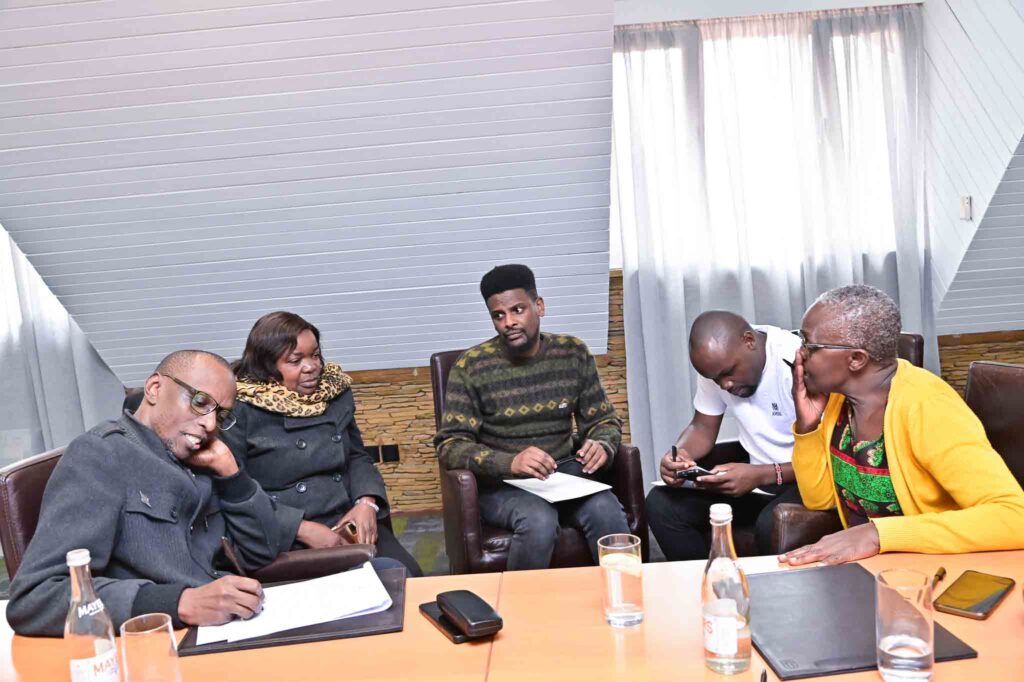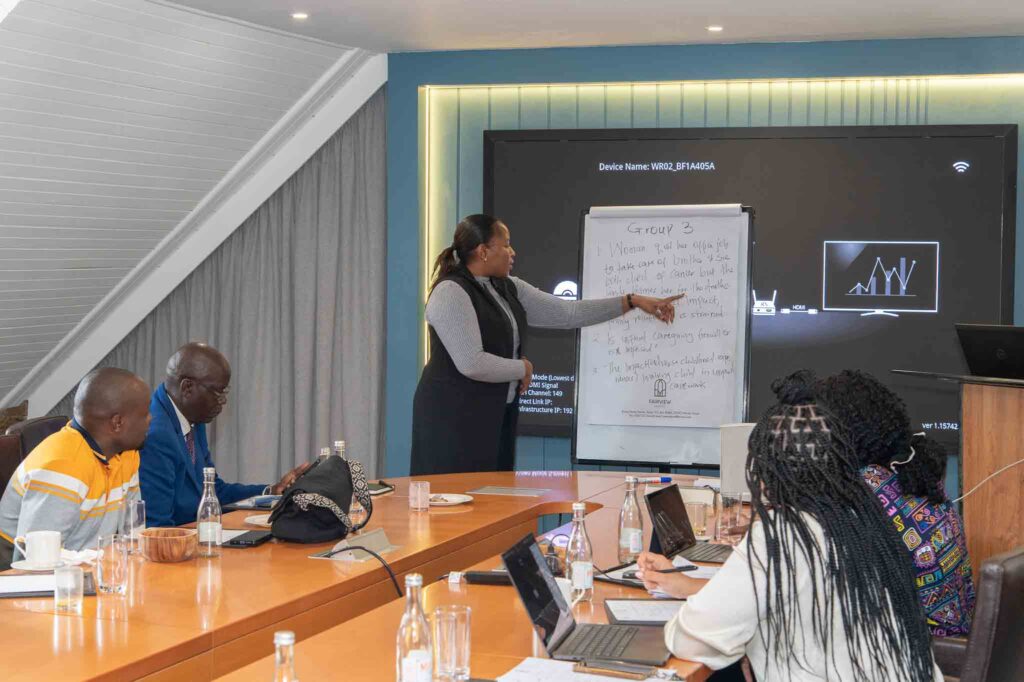When we talk about gender data, the conversation often centers on those who collect it, advocate for it, and the policymakers who act on it. But between these worlds lies another powerful force for change: the media.
Too often, the media are treated as a visibility box to tick or a secondary audience in project strategies. We see them differently; we believe the media are far more than conveyors of a message. They are agents of change—storytellers who can turn statistics into human-centered narratives that travel further, last longer, and influence more deeply than a technical report on its own.
At Data2X, we know that better gender data leads to stronger stories, which in turn drives better decision-making. We strengthen the availability of quality data, help translate it into human stories with journalists and create feedback loops, so those stories spark policy dialogue, budget shifts, and accountability. Journalists and media are a critical part of this ecosystem—linking research, policymakers, and advocates to citizens and communities facing significant challenges, from time use to broader gender equality issues. As partners in the gender data ecosystem, journalists bridge the gap between evidence and public and political will, crack open silos, and surface new champions and ways of working that might otherwise remain hidden. In the right hands, gender data in media doesn’t just inform—it transforms.
This work with journalists builds on our broader approach: ensuring gender data doesn’t sit on shelves but gets into the hands of those who can act on it. Just as we collaborate with advocates to influence global and national policies, and with statisticians to strengthen data systems, we engage with the media to bring evidence into the public square.
We’ve seen this in action.

From Data Points to Public Conversation
Since 2023, with generous support from the Generation Foundation, we’ve been exploring the power of time use data to make women’s unpaid care work—and beyond—visible, and to inform policies that value women’s time and champion gender equality. Alongside country case studies, an advocacy toolkit, and a skills-building workshop on the vital role of time use data in policy making, we saw an essential missing link: engaging the media to bring these stories to life and connect with current and new audiences.
In late July, we brought together 20 Kenyan journalists in a day-and-a-half media roundtable on time use data in Nairobi, Kenya. The goal was simple but urgent: give journalists the tools and confidence to turn complex time use data into compelling stories. We examined Kenya’s first 2021 Time Use Survey—showing women spend nearly five times more hours on unpaid care work than men—and how it is shaping the country’s forthcoming National Care Policy. This is a clear case of data driving policy change, but it’s only effective if the public understands what’s at stake. That’s where journalists step in.
In the room, data became a call to action. Freelance Journalist Lenah Bosibori told us: “Behind those numbers are real struggles that must be counted—and stories that must be told.” While William Abala from Talk Africa captured our vision, “When we combine data with lived experiences, we not only make women’s time visible—we also open the door to policy change and social shifts.”
These are more than quotes—they’re proof that when journalists are given evidence and the space to interrogate it, they find new angles, urgency, and relevance.

A Ripple Effect Already in Motion
The effect was immediate. By the second day of the training, journalists were deep in hands-on brainstorming—creating stories based on time use data about mothers spending hours commuting children to school, linking it to policy advocacy for better transport systems that would free up time and boost productivity, and on caregivers’ time spent on taking care of sick relatives, exploring how health institutions could ease their burden.
Within days, news stories appeared in Talk Africa, Africa Solutions Media Hub, and the Media Council of Kenya welcoming the training and framing time use data in ways that made women’s unpaid labor impossible to ignore. We can’t wait to see more stories published soon. That’s how you know the message is sticking.
From a Day-and-a-Half Roundtable to a Yearlong Media Fellowship
The Nairobi media roundtable was just the start—part of a growing movement to put time use data in the hands of those who can make it matter. A few weeks after the roundtable, we carried that momentum to the Regional Women in Data Summit in Naivasha, Kenya, where we launched our inaugural Gender Data Media Fellowship—a yearlong program for journalists across Sub-Saharan Africa to sharpen their gender data reporting skills, connect with experts, and produce high-impact, data-driven stories.
Our inaugural cohort will carry forward the energy from the Summit, continuing the momentum around the use of data storytelling.As Emmanuel Mulenga, a journalist from Zambia, reflected: “In a region where GBV, early marriage, and entrenched norms persist, gender data is a vital tool for awareness and accountability. This fellowship is a life-changing opportunity to use gender data to challenge harmful norms and drive change in rural Zambia.” His words underscore how journalists can open new dialogues in their communities—using data to surface accountability gaps and make visible the consequences of missing information. Echoing this, another fellow shared: “As a data journalist and editor, I’ve seen how inaccessible gender data weakens storytelling. I aim to produce investigative stories that center women’s lived experiences in labor, value, and visibility.” Together, their reflections highlight the heart of this fellowship’s purpose: to equip journalists to translate data into dialogue and action. That is what will sustain the wave of change well beyond this first cohort—through every story they tell, every conversation they spark, and every community they reach.

Why This Matters
Time use data is more than numbers. It’s a mirror showing us how our societies truly function—and who carries the weight. Without it, the unpaid care work that underpins economies remains invisible and undervalued.
But even the best data can’t spark change if it stays hidden in reports. It needs translators, amplifiers, storytellers who ask hard questions, connect dots, and hold leaders accountable. It requires the media.
Because when the media tells these stories well, they don’t just report the news—they activate the entire gender data ecosystem, helping translate evidence into accountability and writing a more equal future.
